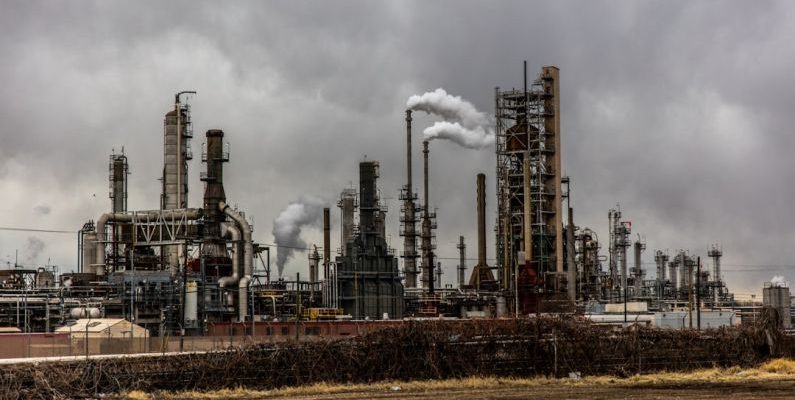Industrial sites are crucial hubs for economic activity, production, and employment, but they also pose potential risks to the environment. To mitigate these risks, environmental monitoring plays a vital role in safeguarding industrial sites and the surrounding ecosystems. By implementing rigorous monitoring practices, industries can track and manage their impact on the environment, ensuring compliance with regulations and minimizing harm. Let’s delve into how environmental monitoring protects industrial sites and promotes sustainability.
**Preventing Pollution**
One of the primary functions of environmental monitoring at industrial sites is to prevent pollution. Through continuous monitoring of air, water, and soil quality, companies can detect any potential leaks, spills, or emissions that may harm the environment. By promptly identifying these issues, corrective actions can be taken to prevent further contamination and protect the surrounding ecosystem. Monitoring also helps industries stay in compliance with environmental regulations, avoiding fines and legal repercussions.
**Ensuring Health and Safety**
Environmental monitoring is essential for ensuring the health and safety of both workers and nearby communities. By monitoring air quality for harmful pollutants and particulate matter, industrial sites can reduce the risk of respiratory illnesses and other health problems among employees and residents. Additionally, monitoring water quality helps prevent contamination of drinking water sources, safeguarding public health and reducing the risk of waterborne diseases.
**Mitigating Environmental Risks**
Industrial activities have the potential to cause significant environmental damage if not properly monitored and managed. Environmental monitoring helps identify potential risks, such as chemical spills, leaks, or accidents, allowing companies to take proactive measures to mitigate these risks. By monitoring factors like noise levels, waste disposal practices, and biodiversity impacts, industrial sites can minimize their environmental footprint and protect ecosystems from harm.
**Promoting Sustainability**
Environmental monitoring is a cornerstone of sustainable industrial practices. By monitoring resource usage, waste generation, and emissions, companies can identify opportunities for improvement and implement strategies to reduce their environmental impact. Sustainable practices not only benefit the environment but also enhance the reputation of industrial sites, attracting environmentally conscious consumers and investors.
**In Summary**
Environmental monitoring is a crucial tool for protecting industrial sites and promoting environmental sustainability. By preventing pollution, ensuring health and safety, mitigating risks, and promoting sustainable practices, monitoring helps industries operate responsibly and minimize their impact on the environment. Implementing robust monitoring programs benefits not only the environment but also the long-term success and viability of industrial operations.

